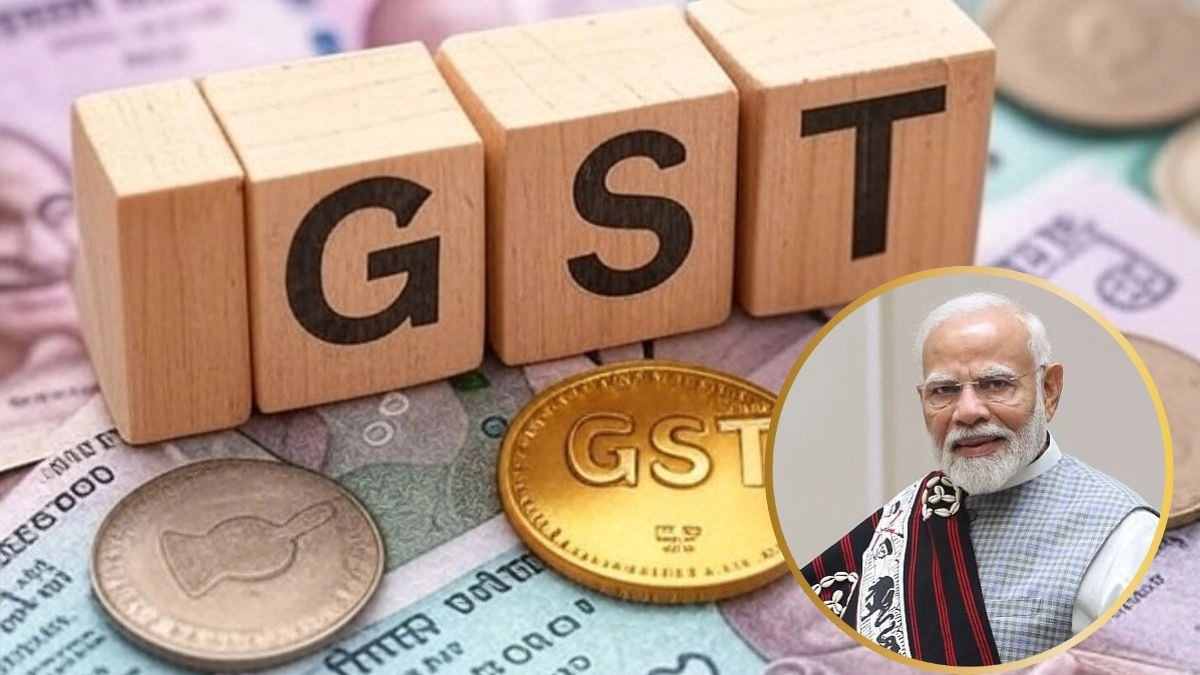Updated 18 August 2025 at 14:05 IST
Government sources confirmed on Friday that the current four-tier structure is set to be simplified into just two rates, 5% and 18%, with a new 40% slab for luxury and sin goods.
Follow :

Government sources confirmed on Friday that the current four-tier structure is set to be simplified into just two rates. | Image:
Narendra Modi/X/Gork
In what could be the biggest indirect tax reform since the introduction of the Goods and Services Tax (GST) in 2017, the Centre has proposed a sweeping rationalisation of tax slabs.
According to the proposal, 99% of products currently taxed at 12% are likely to move into the 5% slab. Similarly, 90% of items in the 28% category are proposed to be shifted down to the 18% slab. Everyday consumer goods will therefore see a substantial reduction in tax rates.
What Will Become Cheap And Expensive?
Among the products expected to become cheaper are sugar, processed food, snacks, soap, hair oil, toothbrushes, readymade garments, footwear, basic electronic gadgets, and cookware utensils.
At the same time, a new 40% GST slab has been proposed exclusively for sin and luxury items such as tobacco, pan masala, and online gaming, which will become more expensive.
PM Modi Announced GST Reforms
The move comes in line with Prime Minister Narendra Modi’s announcement during his Independence Day speech, where he promised a “big gift” for the people of the country this Diwali.
“This Diwali, I am going to make it a double Diwali for you. Taxes needed by the common man will be reduced substantially, and everyday items will become very cheap. Our MSMEs, our small entrepreneurs, will get a huge benefit. This will give a new boost to the economy,” PM Modi said from the Red Fort.
The Prime Minister stressed that GST reforms over the past eight years have reduced the tax burden and simplified the regime, but added that a review was necessary.
“We started the review by setting up a high-power committee and also held discussions with the states. We are coming with the next generation of GST reforms, which will be a gift for you this Diwali,” he added.
GST Council To Meet In September
The proposals have already been sent to state governments and the Group of Ministers (GoM) of the GST Council for further discussion. A full meeting of the GST Council is expected in September to deliberate on the matter.
The Centre has described the move as the next generation of GST reform, aimed at reducing the burden on households, boosting consumption, and simplifying the tax system.
If implemented, the reform would mark the biggest indirect tax change in the country since GST was rolled out in July 2017, promising relief for consumers and providing clarity for businesses on rate structures going forward.
Published By : Anubhav Maurya
Published On: 18 August 2025 at 13:56 IST

